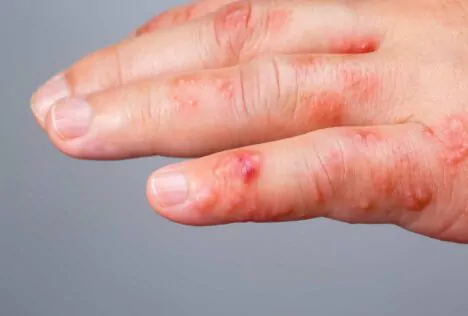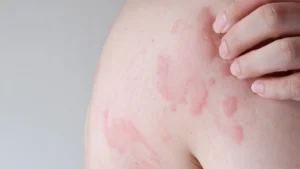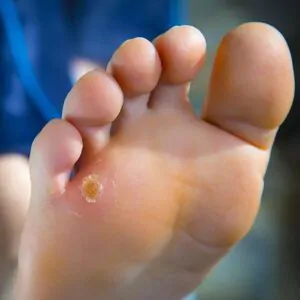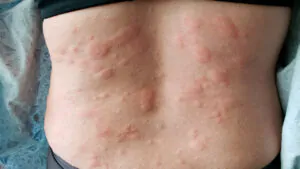
Scabies
Scabies is a highly contagious skin condition caused by the microscopic mite Sarcoptes scabiei. The mites burrow into the skin, causing intense itching and a pimple-like rash. Commonly affected areas include the webbing between the fingers, wrists, elbows, and waistline. Treatment typically involves prescription scabicides.
Book Now













